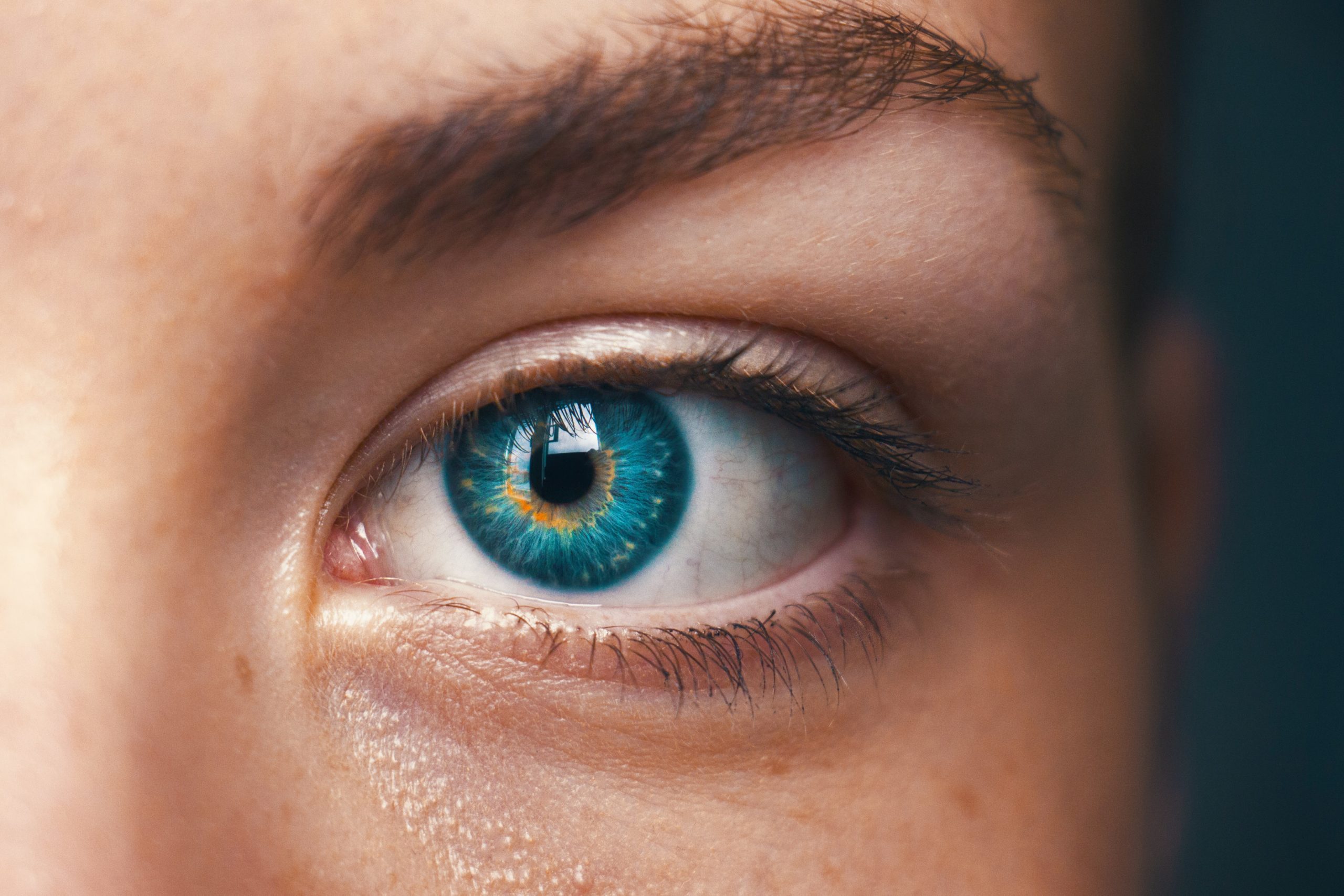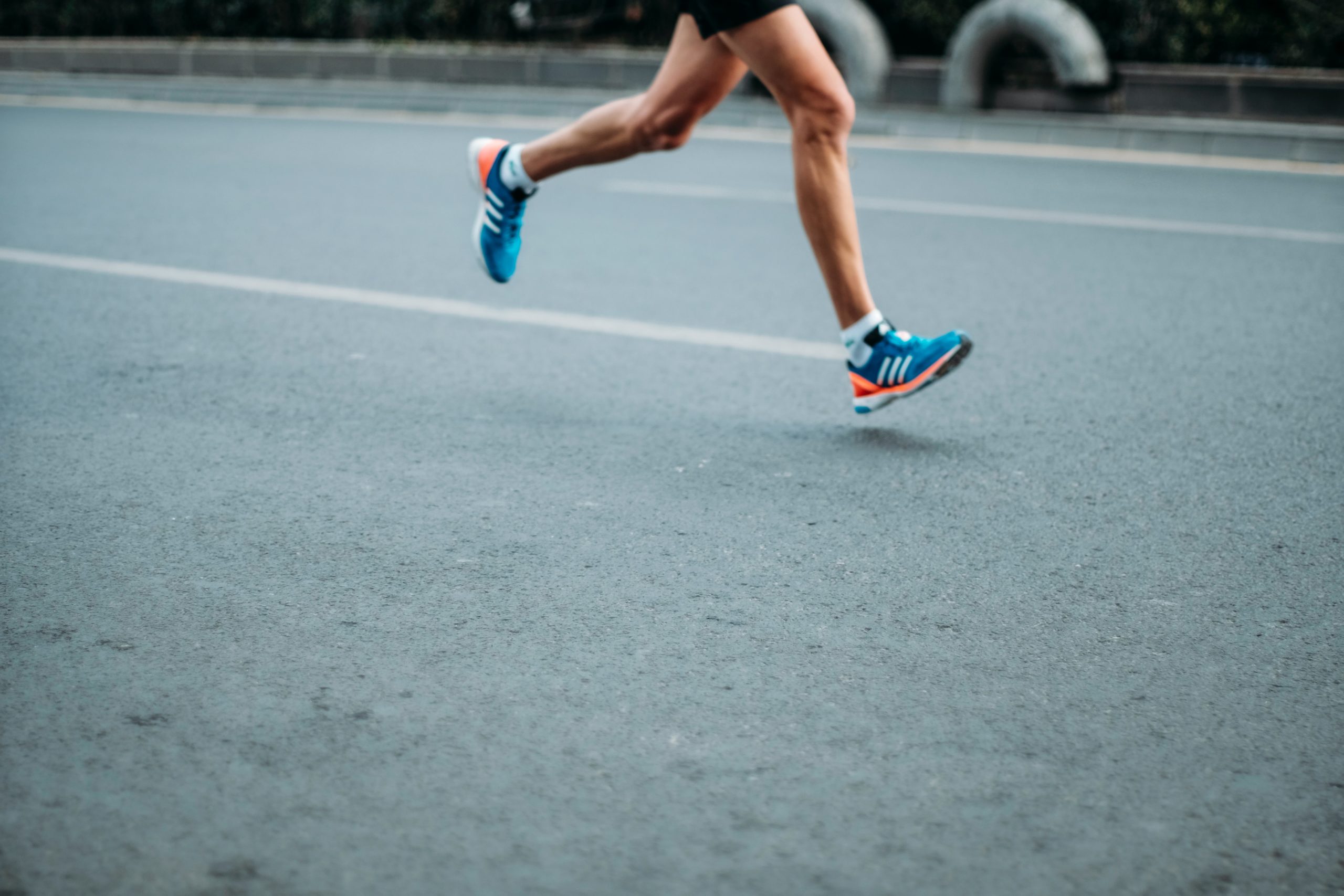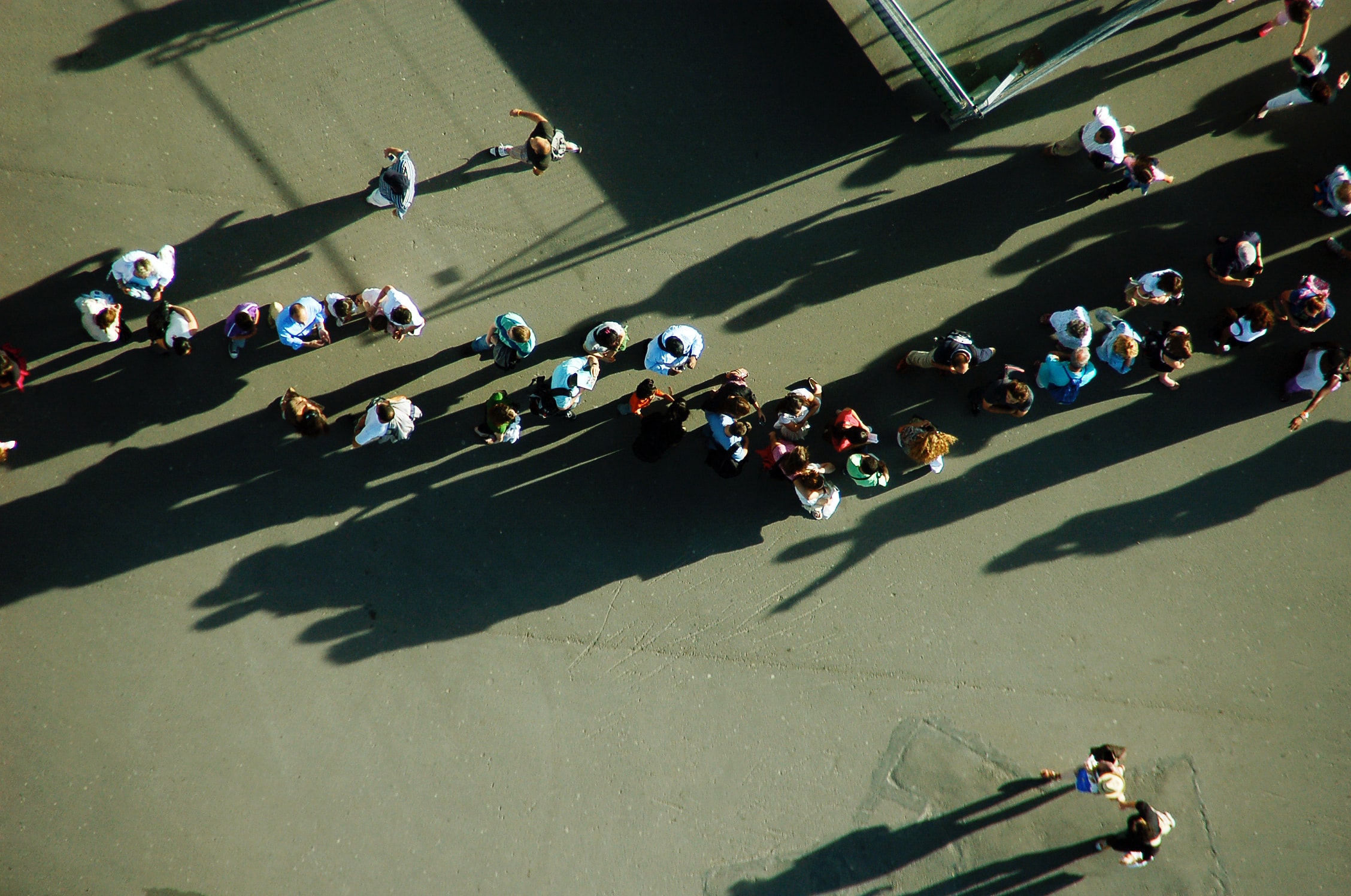How might we redesign our everyday life so that circular choices become more accessible, intuitive, and preferable – even irresistible?
We are asking ourselves this question at DDC – Danish Design Center as we recently launched our Circular Behaviour Initiative. At DDC, we have discovered a need for more knowledge and understanding of what it means to be a circular user and what circular behaviour even signifies. The Circular Behaviour Initiative aims to develop design tools and mission-driven approaches to change current consumption patterns and increase awareness of the power of the people.

Over the past decades, we have applied design to manipulate end-users negatively: buy more, consume more, spend more time on screens, etc. Call it bad habits or artificial needs that humans have gotten used to responding to on an automatic note. We are just starting to realise, for real, how problematic this is.
As a society, we need to consider human aspects seriously, find new ways of influencing people in positive directions, and start designing away from patterns of overconsumption. As most of us know, our current consumption patterns are heavily linked to the pollution of our planet and the extraction of resources.

As humans, we can influence the potential of reversing traditional linear consumerism to a more sustainable and circular one – and the maker movement and distributed design approaches can support and accelerate this crucial transition. Design is a powerful and impactful method and process for doing this. It is possible to apply design approaches and use behavioural design principles positively, which can contribute to the circular society we must start to build.
Princeton University psychologist Daniel Kahneman, Ph.D., was awarded the Nobel Memorial Prize in Economic Sciences for his groundbreaking work in applying psychological insights to economic theory, particularly in judgement and decision-making under uncertainty. He identified a human’s two systems, i.e., system one and system two. System one is fast, unconscious, and automatic. System two is slow, conscious, and effortful. The issue is that we use system one 98 pct. of the time, but we have designed our society mainly for system two[1]. The overload of information, the infinite amount of choices, and the many requirements to act rationally make it a jungle for most people to feel like they can make any right decision for our planet – especially on an everyday basis. Designers and companies have taken advantage of this for years – making us addicted to phones, games, shopping – you name it. It is human to fall into these traps – we all do daily.
An increased awareness of how our human brains function, along with designers working to reverse these principles and use them positively, might be one of the keys to pushing the transition to a better and more sustainable world – socially, environmentally, and even economically.

Behavioural Economics Principles
Originating from economic decision-making, behavioural economic principles help us understand people’s behaviour and actions on a new level. Acknowledging that each principle is a complex field on its own, we have selected, in our opinion, the top six most interesting behavioural economics principles[2] to start considering further in your everyday practice, whether you’re a maker, designer, entrepreneur, or have a fourth profession. Some principles are mostly “diagnostic” – these principles help understand the (human-centred) root cause of the problems we face on both a small and large scale. Other principles are more solution-oriented that can be kept in mind when wanting to design better solutions for our future.
- Goal Gradient – People will work harder to achieve a goal as the goal gets closer. This could explain why humans find it so hard to act upon the climate crisis in general – the goals to save the planet are far out in the future, which is complex for the human brain to comprehend. What would things look like if the catastrophes caused by humans went 100 or even 1000 times faster?
- Pre-commitment – People who actively commit to a goal are likelier to achieve it. Most of us have not committed ourselves to an ambitious enough climate goal, really… and let’s not get started when it comes to goals on circularity. How might we make people commit themselves more – even to small goals on a product level? For example, that could be a commitment to increased caring, repairing, and/or maintenance of products.
- Friction costs – People can be deterred from taking action by seemingly small barriers. So how might we design for fewer barriers and frictions every day? How can we work towards more people making better and more sustainable choices and make these choices easier and more convenient?
- Decision paralysis – When given too many options, people make the easiest choice, which is often no choice at all. How might we start thinking about avoiding overloading users with options and working on increasing simplicity while keeping improved transparency in mind? Information overload is never efficient in making people more informed and will most likely not make them change behaviour.
- Reward substitution – Immediate rewards that appeal to people’s impulsive nature can motivate behaviours that are beneficial in the long run. We are not designed to care for the future. But we need to design for a better future. So we can try to create and import benefits for the present[3]. For example, it can feel tiresome to care for your leather shoes now on an ongoing basis, but in the long run, if you do, they’ll last much longer, look better, and take longer to get worn out.
- Social Proof – People want to be like everyone else and are heavily influenced by what they perceive everyone else to do. Humans are social beings who copy each other subconsciously – whether we like it or not. Can we use the community aspects in maker spaces and people’s intuition and desire to be social to start designing for positive change?

Getting to know these principles can be an eye-opener. Though, carrying the principles out in real life is much easier said than done. But makerspaces might be an excellent place to test how human behaviour can change on a small scale – either via the creations being made or when regarding them as the physical spaces they are.
With its activism approach, distributed design has the opportunity to showcase good examples of how we can start implementing and considering the human aspects of our behaviour in tangible product design. The process begins with thinking and actively working with, e.g., the principles mentioned above.
How can we create artifacts people will possess, love, and care for? Can products – even made by makers – potentially influence people’s behaviour? It’s a matter of believing in the ability to create and the power of people.
If you are interested in behavioural principles, check out Bridgeable’s toolkit here.
If you are curious about DDC’s work on behavioural design, feel free to check out our website here, and don’t hesitate to reach out to Therese Balslev at [email protected].
SOURCES
[1] SUE Behavioural Design, Kahnemann Thinking fast and slow explained by Astrid Groenewegen. (link: https://suebehaviouraldesign.com/kahneman-fast-slow-thinking/)
[2] Designing for Behavior Change by Bridgeable (link: https://toolkit.bridgeable.com/wp-content/uploads/2017/11/Bridgeable-BE-Framework-Principles-Cards_2017.pdf)
[3] Dan Ariely on the Secret to Overcoming Procrastination (link: https://www.michaeldpollock.com/dan-ariely-overcoming-procrastination/)
Story by Danish Design Centre